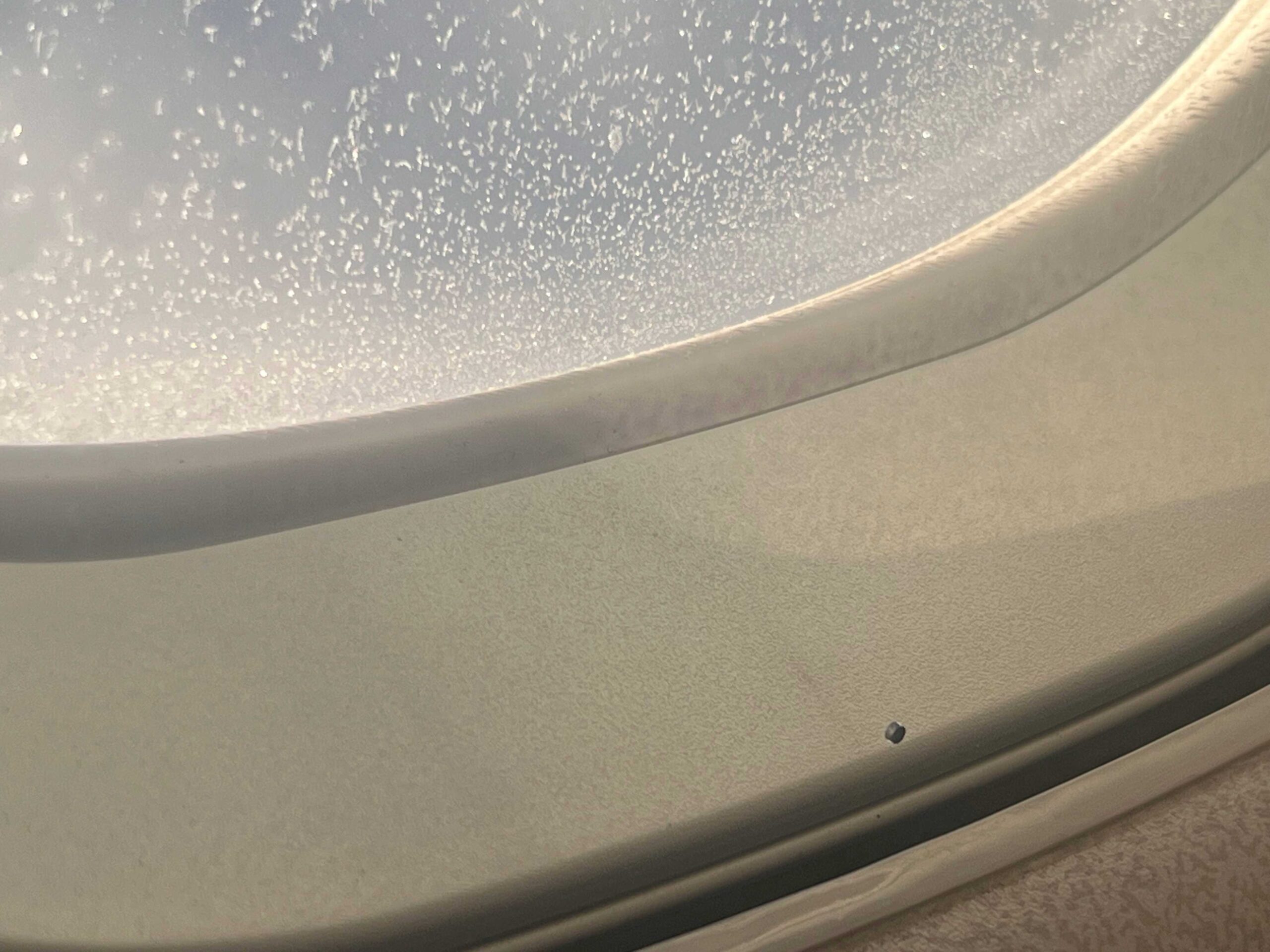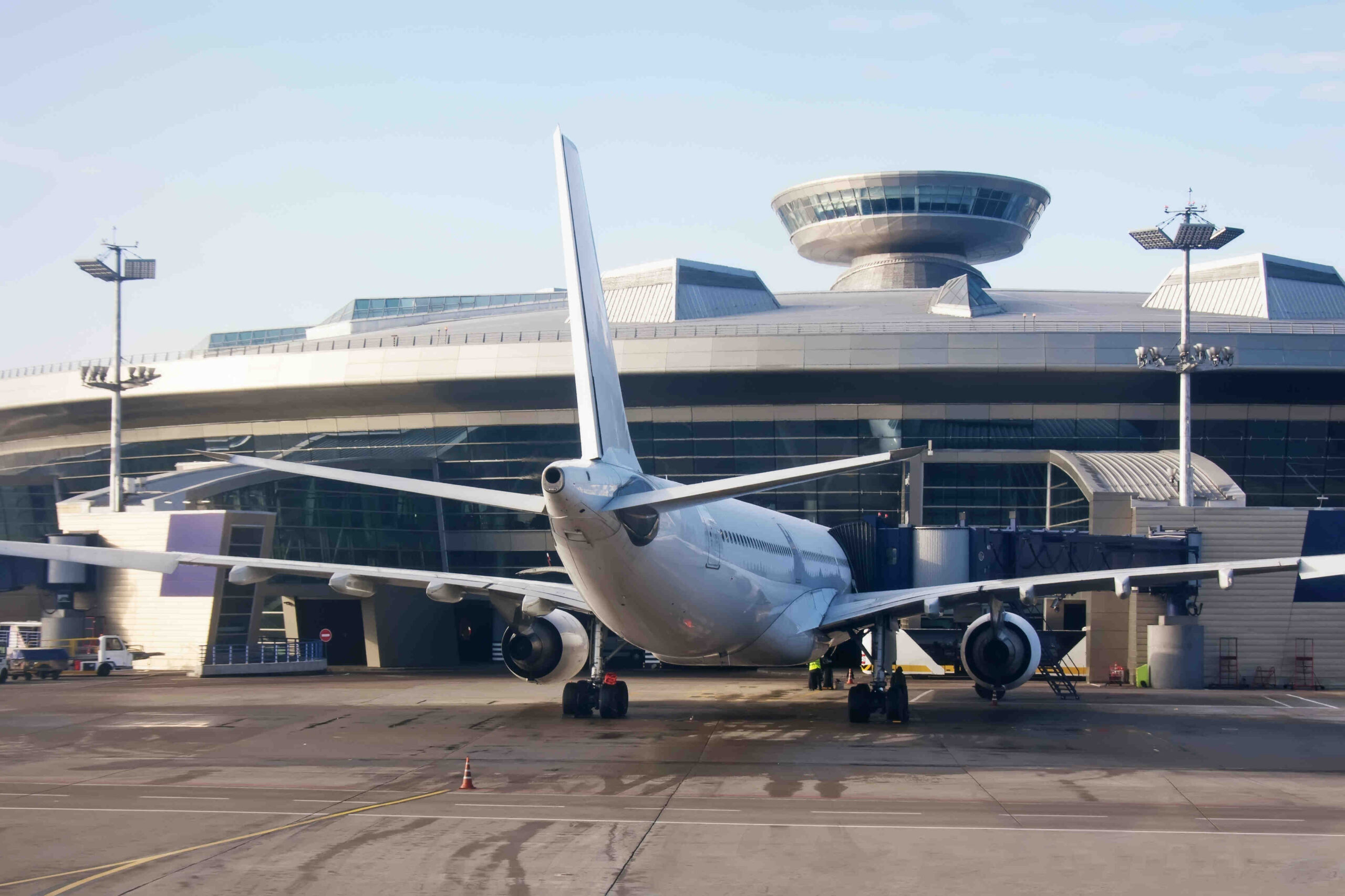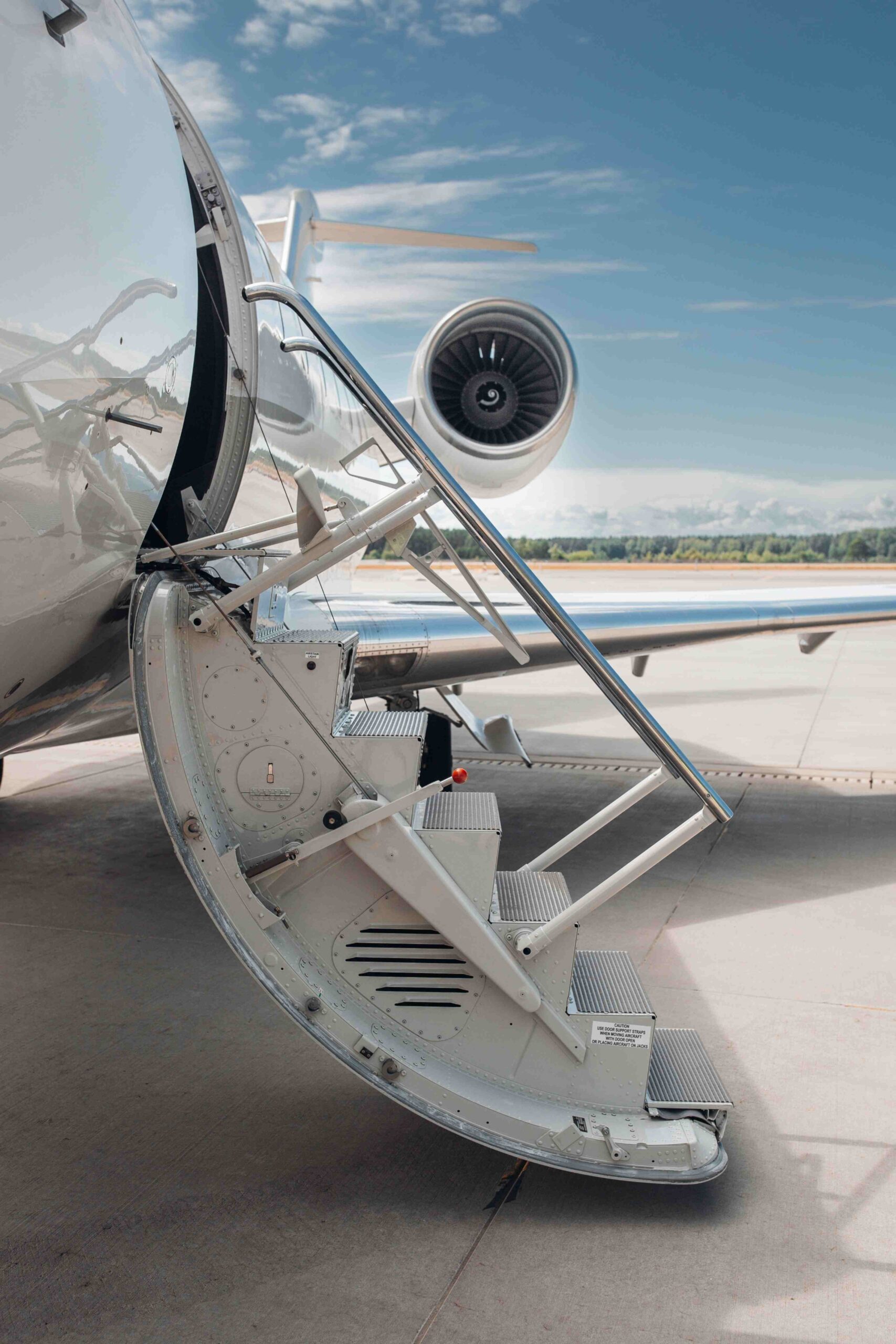Round airplane windows
On your next airplane trip, pay attention to a small detail – a small opening at the bottom of the airplane windows. This proves that in civil aviation even a small detail matters for safety.
The airplane window, through which passengers observe the clouds and the world below, consists of two layers of acrylic – an inner and outer layer, and a gasket. The third layer separates the window from the passengers. In the inner layer you will most often find a small circular hole. It plays an important role – it equalizes pressure and allows moisture to escape, so that the window does not fog up.
Passenger planes fly at altitudes as high as 11-13 km above the ground. The prevailing pressure there is much lower than in the cabin. On board, on the other hand, the pressure is maintained as at an altitude of 2.5 km above the ground. Modern airplanes, such as the Boeing 787 Dreamliner, for example, are famous for maintaining conditions such as at an altitude of 1.8 km, which is supposed to be more comfortable for travelers.
Such a difference, however, means that the higher-pressure air in the cabin will try to make up the difference with conditions outside at all costs. Therefore, the aircraft’s fuselage is subjected to high forces. The more takeoffs and landings, the greater the risk of fatigue.
Details such as the plane’s small window opening and even its rounded shape are the result of research and aviation disasters. The first mass-produced passenger jet, the De Havilland Comet, had square windows. During the 15 years of serial production, it scored as many as 28 aviation accidents. During their investigation, it was discovered that fatigue cracking of the plating was occurring in the rectangular corners of the airplane windows.
Aircraft window design
This multi-layer window design also means that if damage occurs on any of the layers, it may not always be dangerous. An example? Viral footage from 2022 aboard LOT’s Boeing 787 Dreamliner, flying from Warsaw to New York.
One of the passengers alerted the cabin crew when she saw scratches on one of the windows. Although in her eyes it looked like a crack, in reality it was damage to only one of the layers – the photochromatic layer, that is, the one responsible for electronically dimming and brightening the window. Thanks to it, there are no lowering blinds on Dreamliners. The plane landed safely in the US, and the carrier said it would fix the defect when it returned to its home base in Warsaw.
Aviation at Lazarski University
We encourage you to explore the intriguing world of modern aviation by reading our blog and enrolling in aviation majors at Lazarski Aviation Academy at Lazarski University.
Lazarski Aviation Academy
The place where dreams take off. We offer graduate, postgraduate and MBA studies for future pilots, aviation lawyers and managers.



